
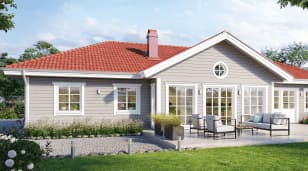
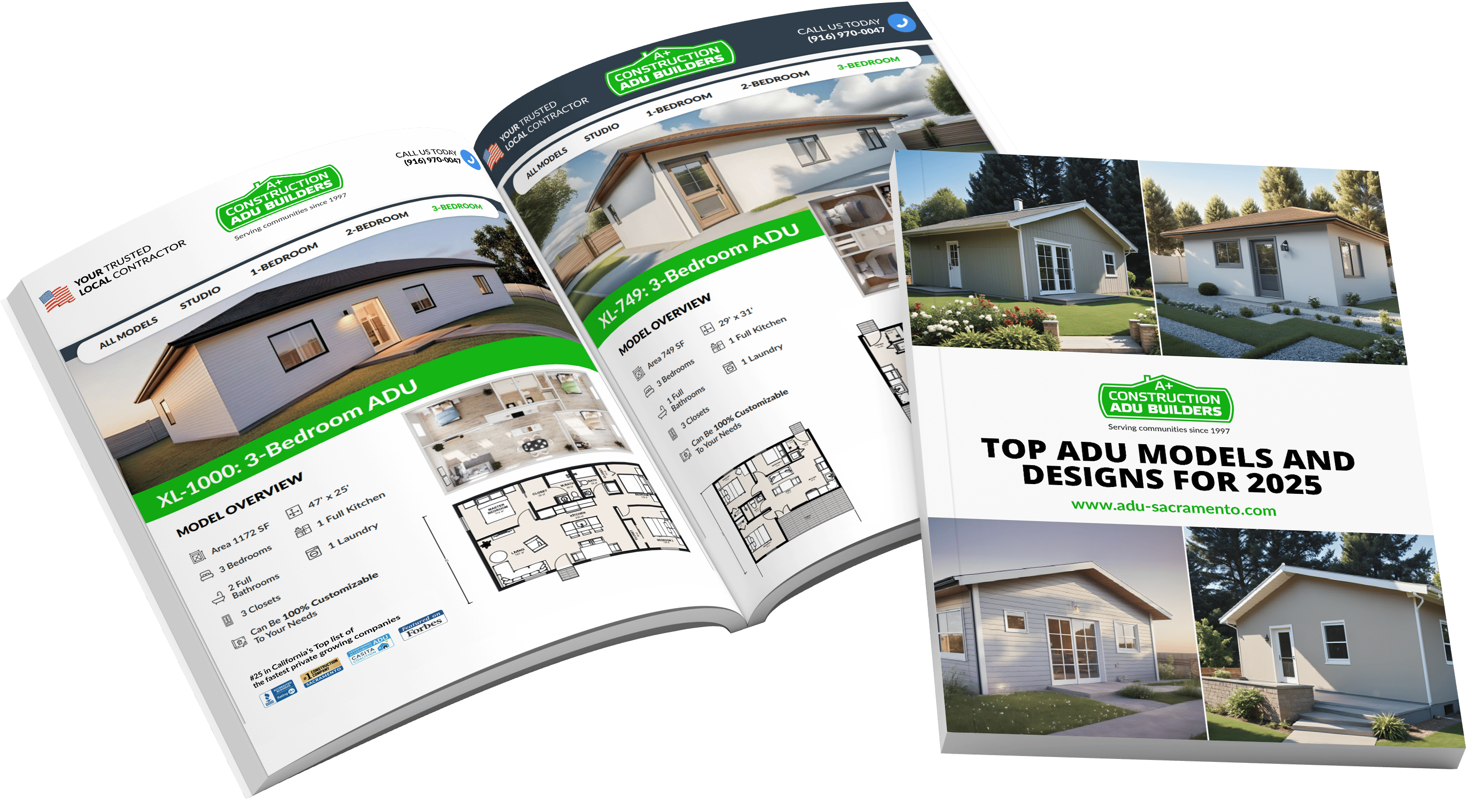


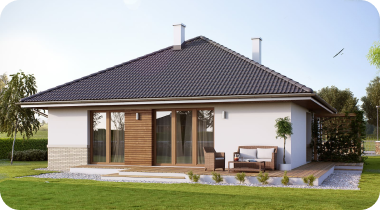
A link to download your FREE brochure will be in your inbox in 3 minutes
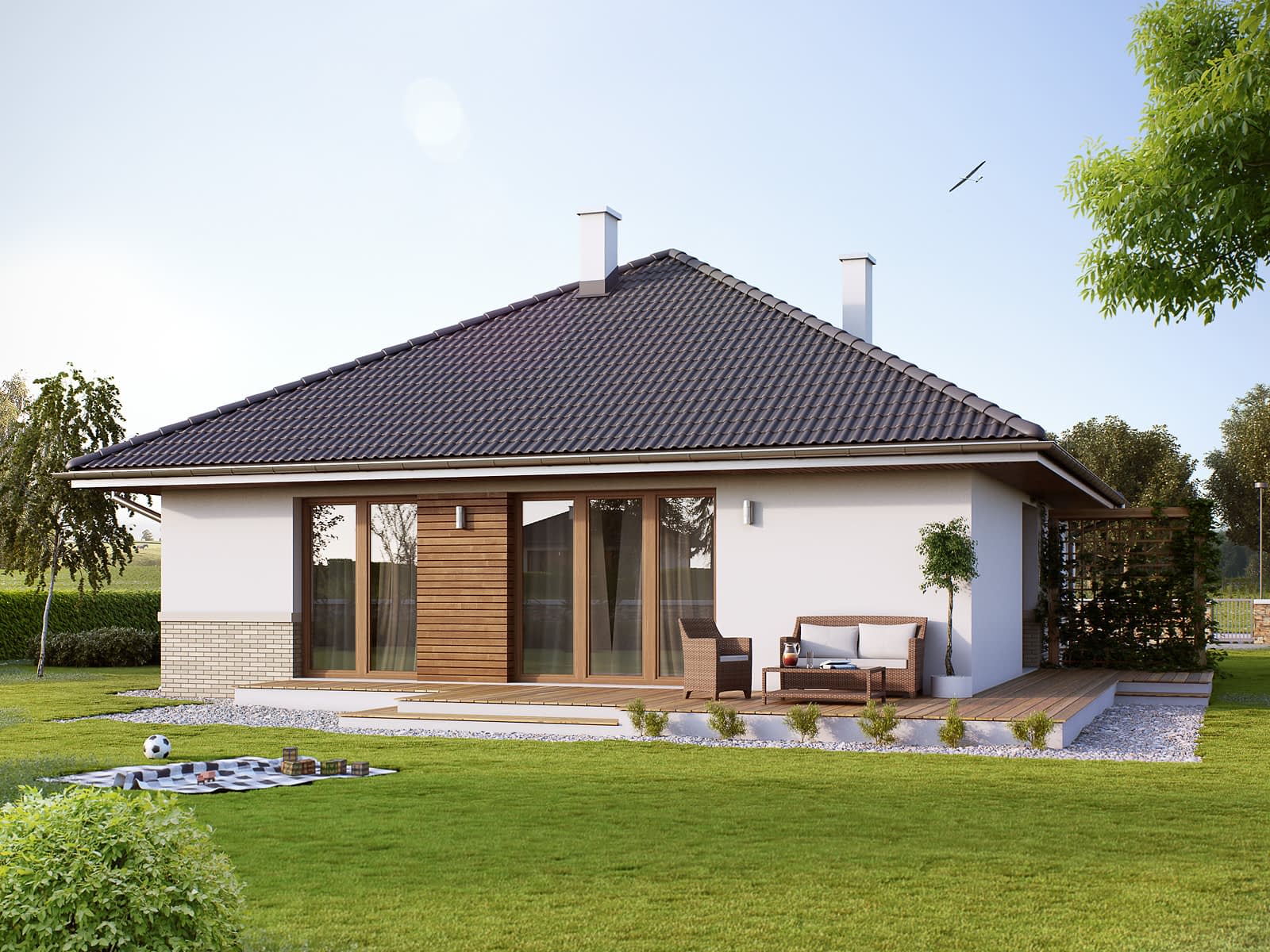


















The final price may vary based on project specifics.
To get a free accurate quote tailored to your needs, book a consultation with us today!

The price per square foot provided is an average and may vary depending on project-specific details such as materials, location, complexity, and other factors. Actual costs may differ from the average provided.
It is recommended to obtain a detailed quote based on the specific requirements of your project.

Please note that the monthly payment displayed on this page is an estimate and is subject to variation based on the selected loan product, applicants credit score, loan amount, and other financial details. Actual monthly payment may differ from the estimate provided.
It is recommended to seek advice from a financial advisor or loan officer to obtain precise payment information tailored to individual circumstances.
 Your Trusted
Local Contractor
Your Trusted
Local Contractor
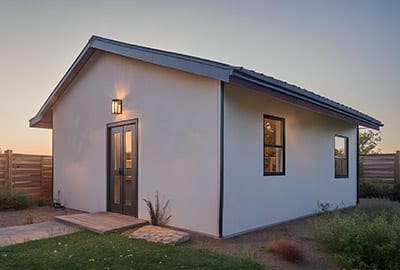
Large homes come with large mortgages, so tiny houses are increasing in popularity. A tiny home is easier to maintain. It requires less cleaning and uses less energy. If you’re into a minimalistic lifestyle or prefer mobility rather than staying in the same place for a long time, tiny homes will definitely suit your needs.
In this article, we’ll discuss the concept of a tiny home, the perks of tiny homes in comparison with traditional homes, the options of tiny homes usage, tiny house types, and many more!
A tiny home is a compact residential unit, typically ranging from 100 to 400 sq. ft. in terms of size. Its design aims to improve the functionality of the small space while reducing its environmental footprint and cutting your life costs. Tiny homes can have a foundation or be on wheels.
Like in a traditional home, tiny homes usually have a living area, at least one sleeping area, full kitchens or small kitchenettes with necessary kitchen appliances, a bathing area with a shower or small bathtub, a toilet, and a sink. In contrast to a traditional home, a tiny home also has plenty of built-in storage areas and fold-down or multifunctional furniture pieces to utilize every inch of space.
Tiny home builders tend to include an outdoor area for the tiny house, like a deck or patio, to extend the usable space even more. Some tiny homes have open floor plans, while others offer multiple levels, expandable rooms, or partitioned spaces to cater to different tiny homeowners’ needs.
All in all, the tiny house movement is a movement towards custom builds, financial freedom, and living that optimizes material resources, promoting a mindful approach to the environment.
In recent years, many property owners have begun to appreciate the concept of charming tiny homes in the woods or on the riverbank. Travel the country with your own family or dedicated company of friends, and explore the scenic beauty. Isn’t that a dream? Tiny homes on wheels enable you to relocate, bringing your home with you!
In addition, tiny houses offer the following perspectives:
Affordable prices are one of the biggest incentives. While even a small traditional home costs a fortune and will very likely require a mortgage, some tiny houses can boast prices that are several times lower. The price of a tiny home may start at $4,000 or $10,000 if you build DIY and at $25,000 if it is built professionally.
Simple living is a desirable lifestyle for many, as it brings peace and rest, allowing you to focus on positive experiences. Not all people need large square footage. If you live alone or are an elderly couple, you may even find the cost of large living and house maintenance tiresome and burdensome.
At their core, tiny homes need fewer materials for construction and maintenance. They leave a smaller carbon footprint, frequently utilize eco-friendly building materials (or reused materials), and have extra green features like composting toilets, tanks for rainwater, and so on.
A tiny new home may have one more lucrative quality: energy efficiency. Tiny houses consume less energy due to their smaller footage, but they may also come with special features that allow you to preserve energy and save money on electricity bills.
A tiny house is significantly simpler to repair and dust or vacuum, retaining its original state. Since you naturally have fewer belongings and less clutter, home chores are more manageable, saving time and effort.

So, what else makes tiny homes an excellent choice? Of course, their versatility, and practicality! Tiny homes often provide extensive customization possibilities to suit diverse house owners’ needs.
If you have a budget for a tiny home, you can potentially explore the following possible uses:
Do you have some free space on your lot? Then why not make some money from it? A tiny home built in an area with a high influx of tourists or in an area where housing is an issue can bring your family a steady stream of income that can cover your monthly mortgage.
A tiny home is a good solution if you already have a house but have some money to invest. For instance, you can build a tiny house in your garden, providing your guests with an area of their own while staying on a homeowner’s lot. This grants them extra coziness and a sense of novelty, as tiny homes are unique and customizable accommodation options.
Do you know you can live large using small square footage? Tiny homes may have high ceilings for the utilization of vertical spaces, double-purpose furniture like sofa beds or foldable furniture like foldable chairs and tables, as well as smart storage solutions that maximize usable space. All of that creates a sense of openness and frees up precious room for diverse individual or family activities.
Tiny homes can enrich you and your family members’ lives with memorable experiences. For example, if they have a reading nook, a media center, or an outdoor patio for relaxation in nature. Or, they may provide you with a private place to carry out work-related tasks away from the bustling life of the main house.
When it comes to tiny homes on wheels, this is an ideal option for those seeking adventure in their everyday lives. Living in a tiny home on wheels fosters a profound bond with the natural world. Do you have a dream of waking up to the scenic panoramas of tranquil lakeshores or the pacifying sounds of rustling leaves and small birds? The mobility of a tiny house allows for the liberty to discover diverse landscapes without the bustle of continual packing and unpacking.
In conclusion, if you decide to build a tiny home, you can basically use it for any type of legally allowed activity, from living in it yourself or accommodating guests to arranging a home office or using it for additional income.
Generally, tiny home builders distinguish between two main types of residential construction: a tiny house on a foundation and a tiny house on wheels. There are also park models of homes on wheels that are basically a blend of the two: they have wheels, but their design aims at semi-permanent placement in specially allocated RV parks.
The hallmark of foundation-based tiny homes is their permanent foundation and, thereby, their attachment to the land. In this sense, they’re quite similar to traditional homes. When you build such a tiny house, you have to comply with local zoning laws and building codes applicable to permanent residences. Being stationary, they boast more durability and personalization opportunities.
Thanks to this, tiny homes on foundations usually have separate, more private rooms; they can have multiple levels or mezzanines, and they allow for full-sized appliances (like kitchen appliances) and permanent fixtures (like fireplaces).
Tiny homes on wheels have other advantages. In their essence, they are very compact, lightweight mobile residences that, in some areas, may be subject to transport regulations rather than traditional housing regulations. This uncertainty in law sometimes may complicate living in such a house permanently. However, if you strive for a nomadic lifestyle in terms of portability and freedom orientation, they’re beyond competition.
Tiny homes are, without a doubt, more accessible, but this lifestyle may seem to cause such obvious challenges as a lack of personal space and difficulty storing belongings, especially if there are several occupants.
Here, we’ll discuss how to make the most of the available space in your charming cabin and maintain high live quality:
If something is broken or you don’t need any more, don’t store it. Regularly declutter your house of unneeded belongings to avoid creating crowded areas.
Select such models as a pull-out couch that turns into a bed, a coffee table that also has storage places to keep things inside, storage ottomans, or customizable shelving systems. Such furniture pieces help you use them differently, depending on your current needs.
If you have high ceilings, it’s an opportunity to put part of your living space or belongings closer to the roof. This will allow you to free up the space below.
You can use room dividers or shelving to delineate different zones for work, food preparation, sleeping, dining, and resting. Also, you can separate sleeping areas from one another, adding more privacy and functionality to your spaces.
You can improve how you move around and use the space at this stage of planning. Consider lighter tones to make the space feel bigger, and opt for bigger windows to let in more natural light. Besides, you can install more mirrors to visually expand the space, select furniture raised on legs, and open shelves that make your decor lighter and airier. Unified flooring and wall painting, as well as minimalistic decor, also contribute to enlarging the space in the eyes of tiny homeowners.
If it’s possible, arrange an outdoor veranda for meals, relaxation, and communication. This added area can play a big role in your daily activities, prolonging the usable area of your tiny house.
Surely, the process of tiny house building depends on the construction models and their layout. But generally, in Sacramento, California, any residential building goes through such stages as planning, permitting, and construction.
Planning encompasses deciding on the design and layout of your tiny house and developing blueprints if they’re not pre-designed. Permitting is obtaining building permits. At this stage, you submit your plans and accompanying documents to the local government and pay fees.
During construction, tiny house builders construct the foundation or prepare the trailer base, make the framework for the house, create walls, add a roof, windows, and doors, install electrical wiring, plumbing, and other essential utilities, create flooring and paint walls, and add fixtures and appliances.
After these, tiny house specialists carry out an inspection to once again make sure the house of your dreams adheres to all building rules and regulations.
If you’re adept at building, buying a DIY kit seems like a good option for you, as it may cost as little as $5–$10,000. Yet, if you have no idea how to create a tiny home from scratch, you may find yourself interested in prefabricated tiny homes that also cost significantly less than custom builds. The price of prefab tiny homes depends on models and designs.
The most affordable tiny home option may have DIY finishes and feature a compact size, a simple design, and cost-effective materials. It can be something minimalistic—a single-story dwelling with a basic floor plan. You can also save money on off-grid systems. For instance, solar panels. However, it still requires original investment.
A tiny cabin is the cheapest house to build. If you want to cut expenses, opt for smaller footage that might utilize vertical space (e.g., a loft bedroom); choose simple construction and cost-effective materials like plywood, drywall, vinyl flooring, metal roofs, etc.
Firstly, you need to know what tiny home you want. Next, you can research the prices on the market, paying attention to the common characteristics of the house of your dreams. Then comes the creation of a detailed budget plan with all the anticipated expenses. Calculate how much the average price of the foundation, frame structure, exterior, and interior finishes is, and consider if you need some extra jobs to complete.
Get a First Look at Real ADU Projects